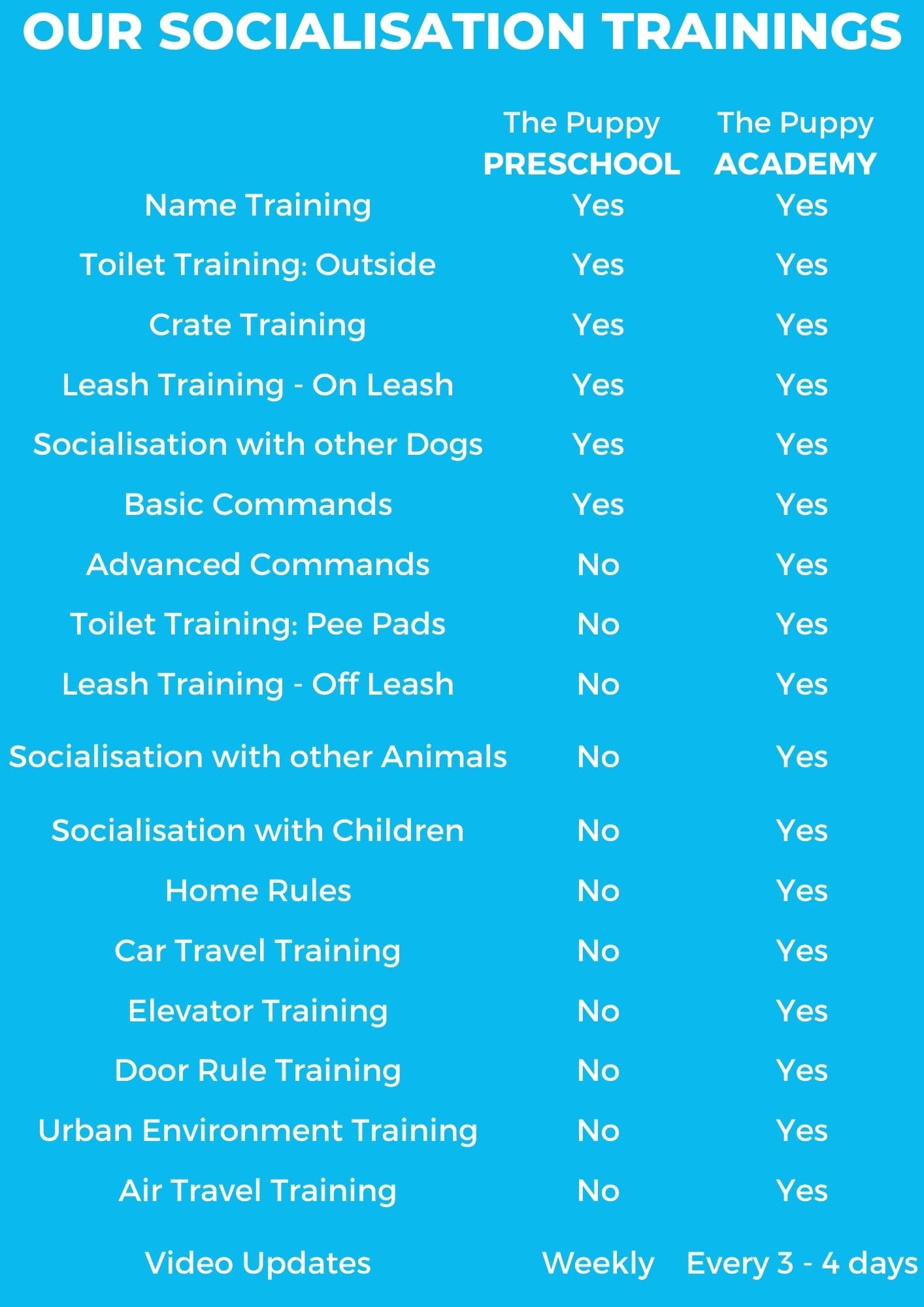
Pekingese
This toy breed originated in China, and has become popular worldwide. They are small and stocky, with a thick “lion mane” of fur at their necks. That thick coat needs weekly brushing to keep the tangles at bay, and an occasional bath to keep the fur clean. Charming and confident, the Pekingese can be a wonderful companion, provided that you don’t let him/her develop “small dog syndrome”.
Pekingese breed attributes
About Pekingese breed
Description
The imperious Pekingese is a brachycephalic breed, with a flattened face. The head is broad and flat, with wide-set round eyes, heart shaped ears, and a broad lower jaw. The broad head sits atop a thick strong neck.
The Peke is a compact dog, with a broad chest and narrow waist. The forelegs are slightly bowed, and the hindlegs are slightly closer together, which gives the Pekingese a characteristic “rolling” way of moving.
Origin: China
Look
The Pekingese can be almost any colour. The most common colours are sable, red, or gold. Other coat colours include cream, black, white, tan, black & tan, and blue. Albinos do exist but tend to have health problems, and are not accepted by all Kennel clubs. Black mask markings are common.
The topcoat is long and coarse, puffing out from the Pekingese’s body. The Peke has a beautiful mane covering the neck and shoulders, and feathery fur on the backs of the legs, on the ears, and on the tail; with shorter fur elsewhere. The undercoat is thick and soft. The Pekingese is not suitable for a person with allergies, as they shed lightly all year round, with a big shed seasonally.
If the Pekingese piques your interest, be prepared to do a lot of grooming. They should be brushed and combed weekly to remove tangles and loose hair. A monthly bath is recommended.
Health
While the Pekingese is generally healthy, they are prone to a few health conditions:
- Eye Problems
- Keratoconjunctivitis Sicca
- Ectopic Cilia
- Cataracts
- Distichiasis
- Entropion
- Glaucoma
- Progressive Retinal Atrophy
- Exposure Keratopathy Syndrome
- Brachycephalic Airway Obstruction Syndrome
- Cleft Palate
- Cryptorchidism
- Fold Dermatitis
- Hydrocephalus
- Intervertebral Disc Disease
- Mitral Valve Disease
- Patellar luxation
At Newdoggy.com we promote reputable breeders, who use genetic testing and good breeding practices to remove genetic conditions from their breeding lines. Newdoggy.com’s Health Guarantee certifies that all promoted puppies are in good health.
Learning
The friendly Pekingese is clever but, as befits the dog of Emperors, can be opinionated and stubborn. You’ll need to be firm but fair. Be sure to praise your Pekingese when he/she does well. Once your Pekingese sees that a reward is available, he/she will suddenly be very keen to listen to you. They can be tricky to house train, so start training early, be patient and invest in puppy pads.
Temperament
The Pekingese breed is lively, friendly and affectionate. If you have a pet Peke, they will be absolutely devoted to you. They are incredibly brave (sometimes to the point of foolishness) yet sensitive little dogs. Early socialisation will help to bring out the best in your Pekingese. They tend to be naturally confident dogs, but it is still important to expose them to a wide variety of experiences from a young age.
Your Pekingese should absolutely not be allowed to develop “Small Dog Syndrome”, or he/she will try to dominate everyone in the home, and becoming aggressive and anxious. Your Pekingese will do best if you give him/her clear rules and a proper routine to follow. If you are consistent, your Pekingese will soon understand that you are there to protect him/her and not the other way round.
Living with
The little Pekingese is an excellent apartment dog, provided you walk and play with them daily. A short walk twice a day should be enough. The Pekingese puts on weight very easily and can become fat, so exercise and a sensible diet is very important. They can be yappy and loud, so it is worth teach the commands “speak” and “quiet”.
Although the Peke is friendly, small children should be carefully supervised when interacting with them. Small children may play too roughly with the Pekingese, and the latter will not be afraid to snap and snarl in self-defence. With proper socialisation, the Pekingese can get along with other dogs and even pets such as cats. It’s important to supervise play, as Pekingese’s bulging eyes are vulnerable to injury.
Find Pekingese Puppies for Sale
New litter alert
Please fill in the below form and we will let you know when a new Pekingese litter arrives.















